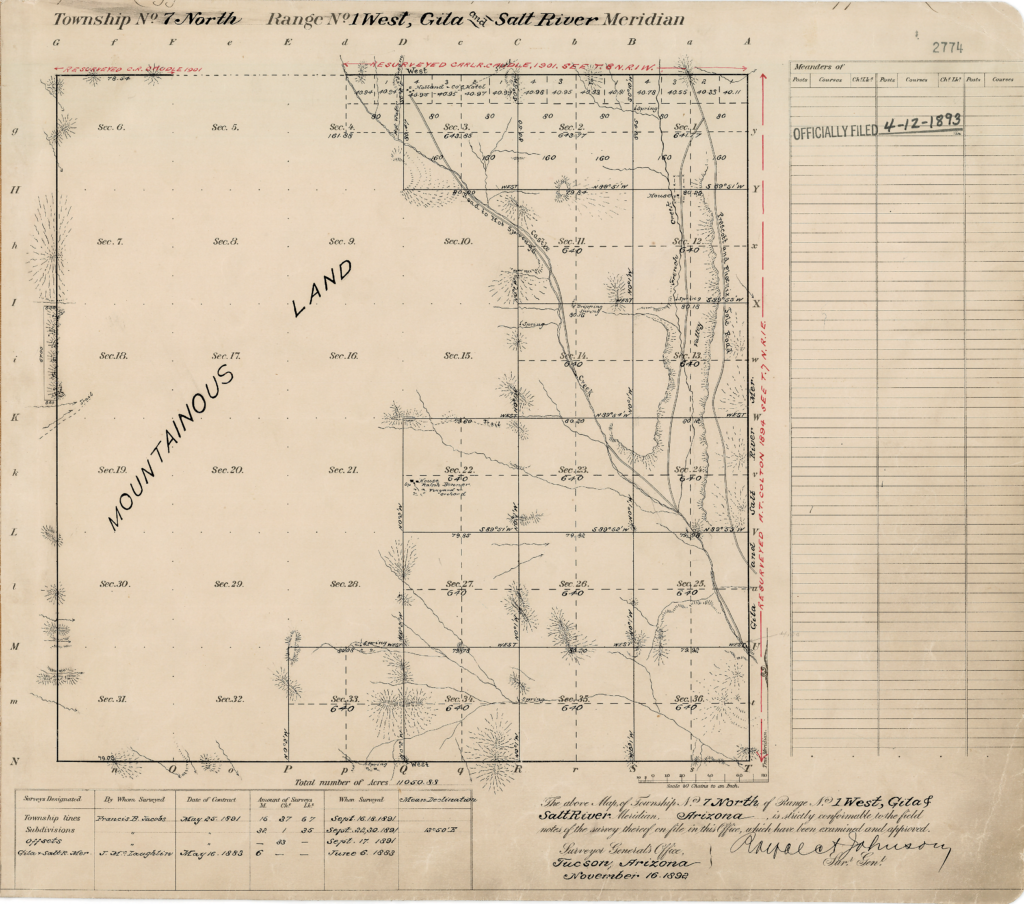Your cart is currently empty!
Arizona Access Workshop
The Most Comprehensive Motorized Access Advocacy Resource For Arizona.
Chapter #2 Section #1
Federal Laws and Agency Regulations related to Revised Statute 2477
This chapter includes 4 Sections discussing the key components of past and current federal laws, agency regulations, and court decisions that have governed Revised Statute 2477 rights-of-way for over a century.
Early Federal Regulations
The right of way for the construction of highways over public lands, not reserved for public use, is hereby granted.
Section 8 of the Mining Act of 1865 Revised Statute 2477 43 U.S.C. 923.
Section 8 of the Mining Act of 1865 was a self-executing grant issued by the US Congress that allowed western settlers to establish highways over federal lands without any authority from the government. Consider the following federal regulations that remained in place for over 110 years.
This grant [R.S. 2477] becomes effective upon the construction or establishing of highways, in accordance with the State laws, over public lands not reserved for public uses. No application should be filed under this act, as no action on the part of the Federal Government is necessary.
56 I.D. 533 (May 28, 1938).
No application should be filed under R.S. 2477, as no action on the part of the Government is necessary… Grants of rights-of-way referred to in the preceding section become effective upon the construction or establishment of highways, in accordance with the State laws, over public lands, not reserved for public uses.
43 C.F.R. 2822.1-1, 2822.2-1 (October 1, 1974) See also, 43 C.F.R. 244.54 (1938); 43 C.F.R. 244.58 (1963).
The Department also recognized the role of state law when making representations to the courts. “The parties are in agreement that the right of way statute is applied by reference to state law to determine when the offer of grant has been accepted by the construction of highways.” Wilkenson v. Dept. of Interior of the United States, 634 F. Supp. 1265, 1272 (D. Colo. 1986) (citation omitted).

The fact that no documentation was required to construct a RS 2477 right-of-way creates major obstacles when trying to prove that a road falls under the RS 2477 grant. However, in many cases, documentation of a particular right-of-way is deep in the County Recorders’ office on historical survey plats. You can also find most roads over federal lands documented on official USGS maps.
The Black’s Law Dictionary defines a Right-Of-Way as the following:
“The right of passage or of way is a servitude imposed by law or by convention, and by virtue of which one has a right to pass on foot, or horseback, or in a vehicle, to drive beasts of burden or carts, through the estate of another.”
Important RS 2477 Documents
Mining Act of 1865
1865 – The Mining Act of 1865 is written and introduced by Senator William M. Stewart from Nevada.
Senate Bill 16 – Proposed Amendment to the Mining Act of 1865
1870 – An amendment is proposed to grant special rights for the Sutro Tunnel in Nevada.
Senate Bill 16 – Statements of Fact from Senator Stewart
1870 – The founder of The Mining Act of 1865 opposes the proposed amendment and provides valuable insight into the legislative intent of RS 2477.
Federal Land Policy Management Act (FLPMA)
1976 – The Federal Land Policy Management Act, otherwise known as the BLM Organic Act, established the Bureau of Land Management multiple use mandate and repealed the Mining Act of 1865.
RS 2477 Settlement Act
1995 – The RS 2477 Settlement Act was introduced to settle disputes between the states and the Federal Government concerning RS 2477 roads, but failed to become law.
Omnibus Consolidated Appropriations Act of 1997
1992-1997 – The US Congress include prohibitions in the annual Appropriations Act to prohibit federal agencies from establishing any rule or regulation pertaining to the validity, recognition or management of RS 2477 rights-of-way without the express authorization of the US Congress.
Comptroller General Decision B-277719
1997 – The Comptroller General issued an opinion that made section 108 of the Omnibus Consolidated Appropriations Act permanent law.
Government Accounting Office Opinion B-300912
2003 – The Government Accounting Office issued a second opinion re-enforcing Decision B-277719 concerning a memorandum of understanding between the State of Utah and the Bureau of Land Management.